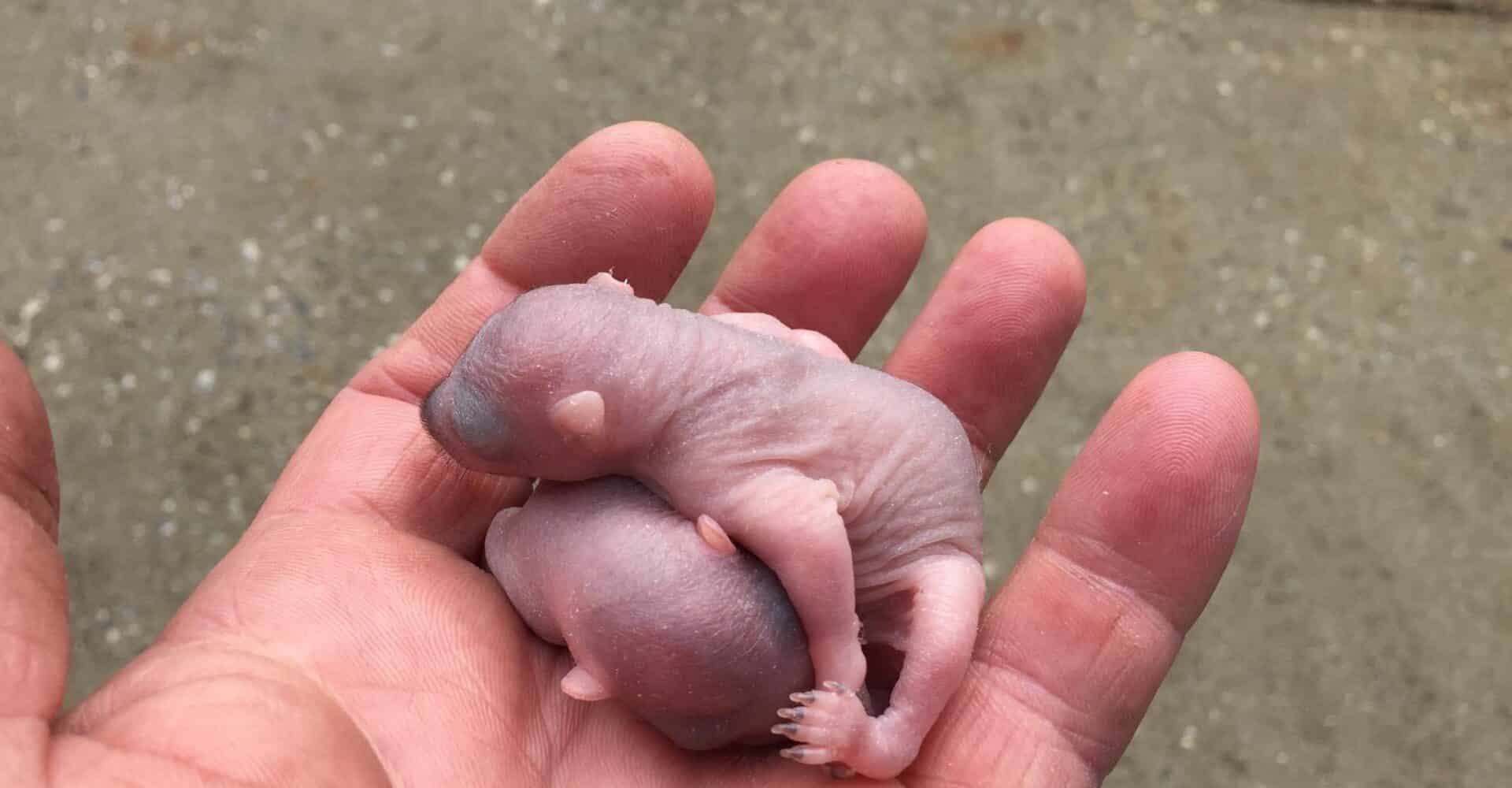As the seasons change and the temperatures drop in Georgia, grey squirrels begin preparing for their fall litter. While these animals are an important part of the local ecosystem, their presence in your attic can lead to serious problems for your home. Here’s what you need to know about grey squirrels having their fall litter in your attic and how to address the issue responsibly.
Why Do Grey Squirrels Choose Attics?
Grey squirrels are highly adaptable and seek out warm, safe spaces to give birth and raise their young. Attics provide an ideal environment, offering shelter from predators and the elements. During the fall, female squirrels may enter your home through gaps, vents, or damaged roofing to prepare a nest for their litter.
The Risks of Squirrels in Your Attic
- Structural Damage: Squirrels are prolific chewers and can gnaw through wood, insulation, and even wiring. This can lead to costly repairs and pose a fire hazard.
- Health Hazards: Squirrel droppings and urine can create unsanitary conditions, leading to unpleasant odors and potential health risks such as respiratory issues.
- Noise Disturbances: The sound of squirrels running, scratching, and chewing in your attic can disrupt your peace, particularly in the early morning or late evening.
- Rapid Infestation: A single squirrel can give birth to a litter of 2-6 babies. If not addressed, the young will grow and potentially expand the infestation.
How to Address the Issue
- Inspect Your Home: Check for signs of squirrel activity, such as droppings, nesting materials, or chewed entry points. Look for access points like holes or gaps in your roofline.
- Hire a Professional: Removing squirrels and their litter requires expertise to ensure the animals are handled humanely and legally. Contact a licensed wildlife removal service to address the issue.
- Seal Entry Points: After the squirrels have been safely removed, seal all potential entry points with durable materials like steel mesh or caulk to prevent reentry.
- Clean and Sanitize: Have your attic professionally cleaned and sanitized to remove droppings, urine, and any nesting materials.
Preventing Future Infestations
- Trim Trees and Branches: Keep tree limbs at least 6-8 feet away from your roof to reduce access to your home.
- Maintain Your Roof: Regularly inspect and repair any damage to your roof, soffits, and vents.
- Use Deterrents: Consider installing motion-activated lights or ultrasonic devices to discourage squirrels from approaching your home.
While grey squirrels are a fascinating part of Georgia’s wildlife, they can cause significant problems when they make your attic their nesting ground. If you suspect squirrels have taken up residence in your attic, act quickly to address the issue before it worsens. By taking preventative measures and working with professionals, you can protect your home and ensure the safety of both your family and the squirrels.

